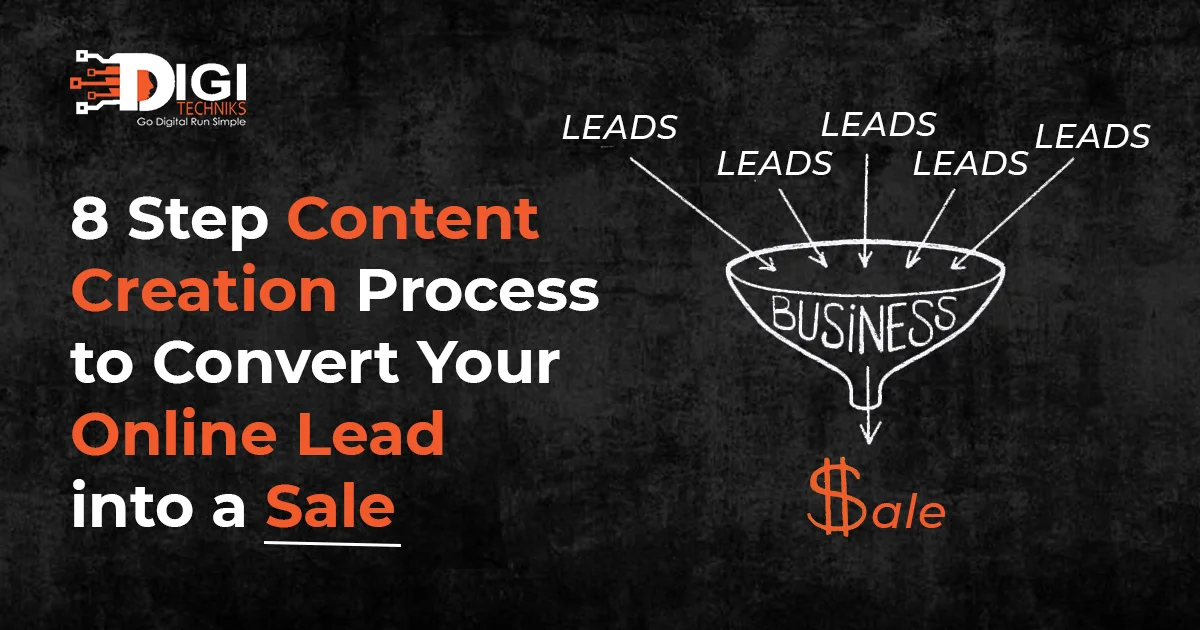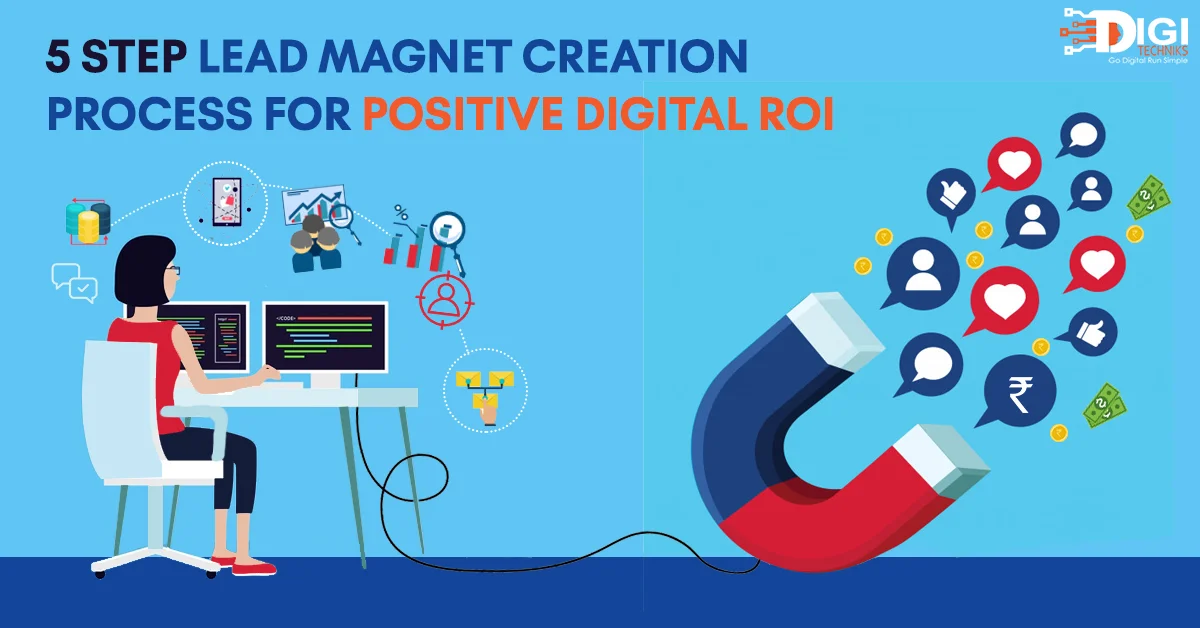Recent Posts
- Ultimate Guide to SEO for B2B Lead Generation in 2025: Proven Strategy & Best Practices
- Cold Email Outreach Blueprint: Proven Method to Generate High-Quality B2B Leads in 2025
- LinkedIn Automated Outreach: Proven Blueprint for Generating B2B Leads (Zero Ad Spend)
- Zero-Budget B2B Lead Generation: Proven Strategies That Work in 2025
- 8 Ingredients of a High Converting Landing Page









